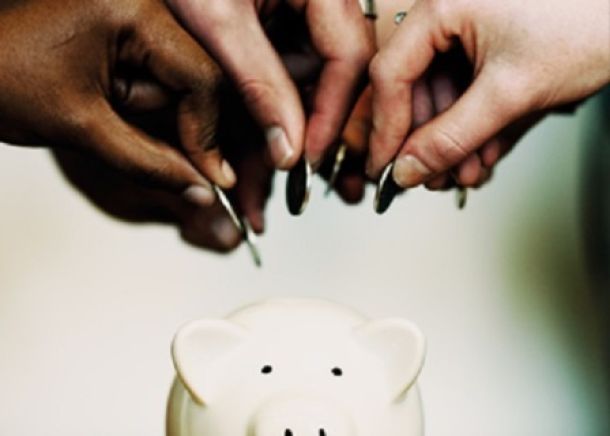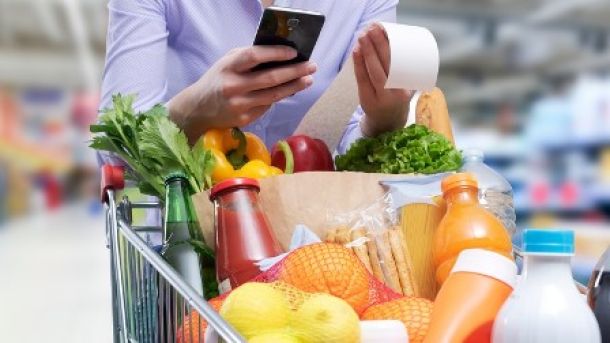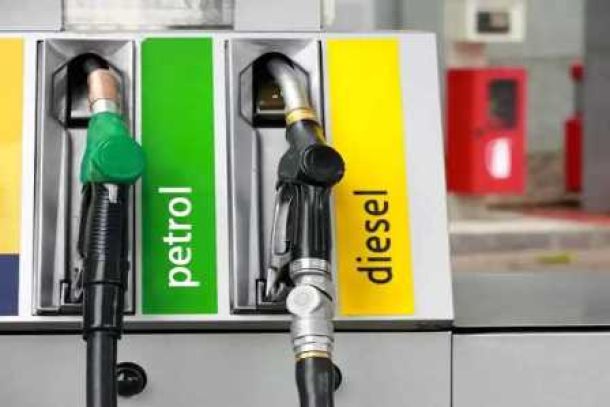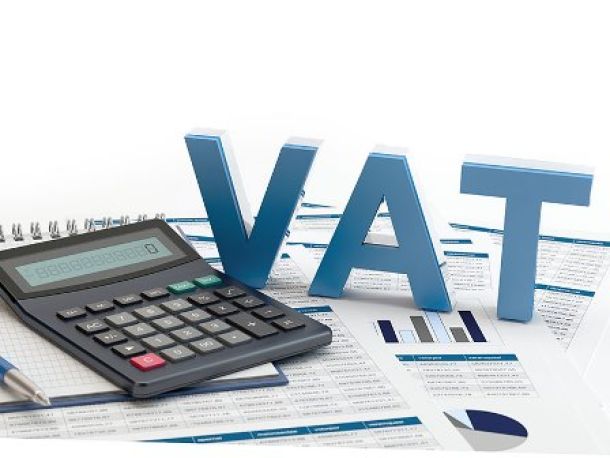Food and beverages inflation falls to lowest level in 14 months
Annual food and beverages inflation fell to 8.7% year-on-year in March, but the good news may be short-lived as downgrades threaten agribusiness
SA’s annual food and beverages inflation fell to 8.7% year-on-year in March, its the lowest level in 14 months. Data from Stats SA show that food and non-alcoholic beverages inflation dropped from 9.9% in February 2017.
According to the Agriculture Business Chamber (Agbiz), which represents commercial farmers and agribusiness enterprises nationally, the general decline in food inflation is largely on the back of a broad recovery in agricultural production. "Although there are lag effects between the decline in agricultural commodity prices and retail food prices, the benefits of the up-tick in agricultural production are already reflected in food prices," said Wandile Sihlobo, head of economic and agribusiness research at Agbiz.
However, the good news is likely to be short-lived. Agbiz warned recently that the decision by S&P Global Ratings and Fitch to downgrade SA’s sovereign debt to junk status was likely to hurt agribusiness and consumers might have to pay more for food in the months ahead.
SA is set to harvest record supplies for crops such as maize and soybeans. Total maize production is estimated at 14.3-million tonnes, which is the second-biggest crop on record since the 1980-81 season. Soybeans are set to be the biggest on record too, with an estimated at 1.2-million tonnes.
With that said, the picture of the food inflation basket is mixed," said Sihlobo. "While the majority of products decelerated, non-alcoholic beverages, sugar, sweets and desserts accelerated. The up-tick in sugar, sweets and desserts is partly on the back of expected decline in sugar production this year."
BMI Research forecasts a 1% decline in SA’s 2017 sugar production to 1.66-million tonnes. This would be a second consecutive annual decline, following a 23% decrease in 2016 due to the drought, Sihlobo said.
Meat inflation remained unchanged from the previous month, at 9.9% year on year, as slaughtering activity slowed down with farmers continuing to restock their herds following a drought season, Sihlobo said. In February, farmers slaughtered 192,186 head of cattle, which is a 17% annual decline.
"While we expect the overall food inflation to decelerate further over the coming months on the back of large supplies, sugar, milk and meat inflation could remain at relatively higher levels," Sihlobo said. "As the winter season approaches, milk production could decline, in line with seasonal trends."
News Category
- International retailers
- On the move
- Awards and achievements
- Legislation
- Wine and liquor
- Africa
- Going green
- Supplier news
- Research tools
- Retailer trading results
- Supply chain
- Innovation and technology
- Economic factors
- Crime and security
- Store Openings
- Marketing and Promotions
- Social Responsibility
- Brand Press Office
Related Articles

Empowering South African households through gro...

SPAR shares practical tips to beat food inflation

South African motorists could be paying up to R...

Big VAT changes on the cards


